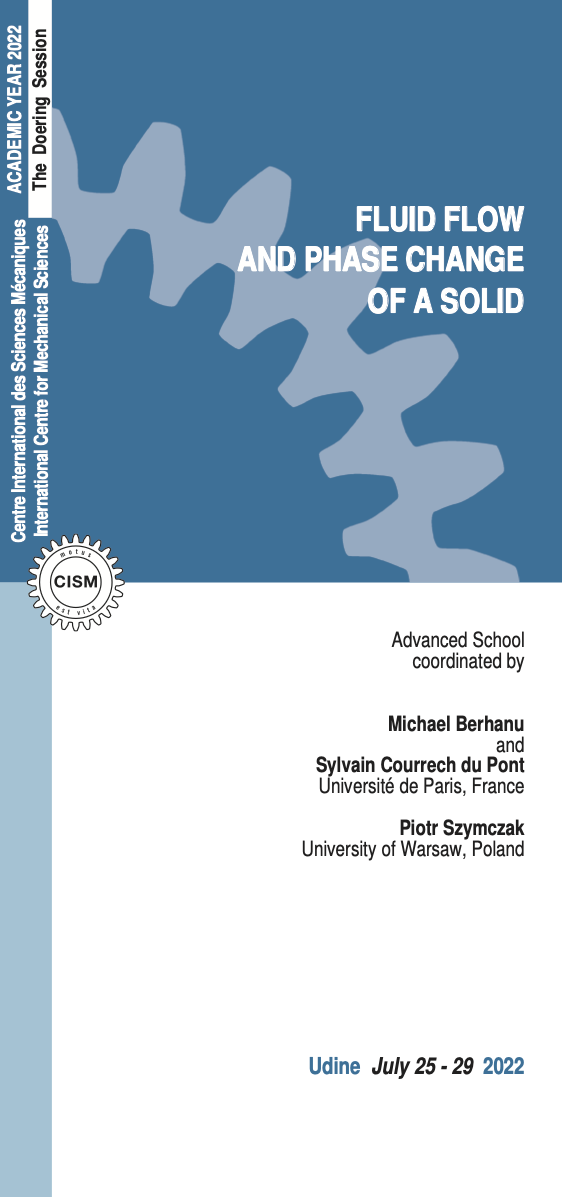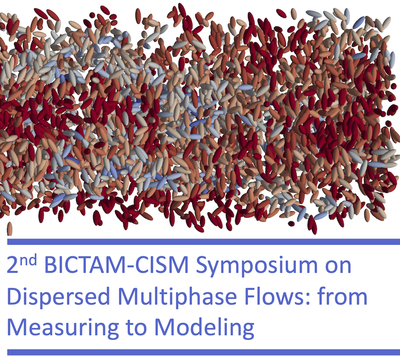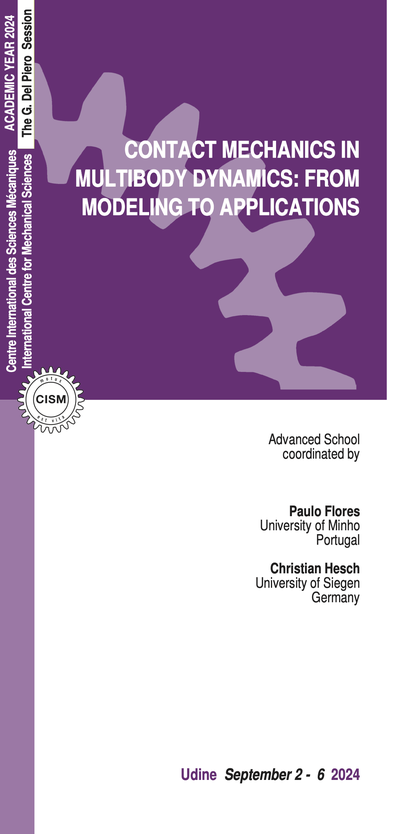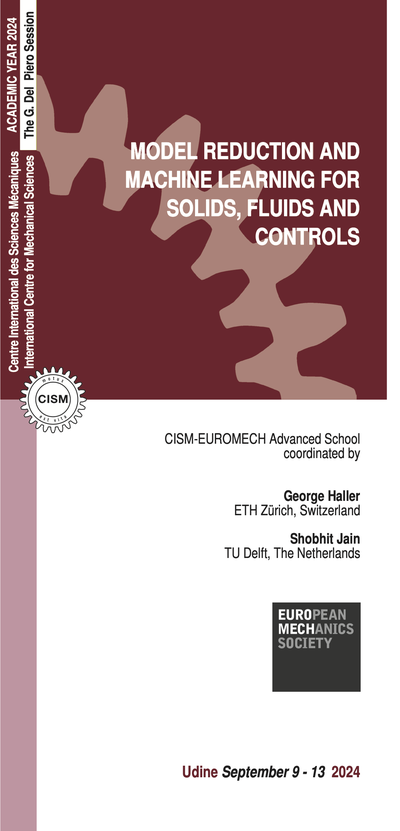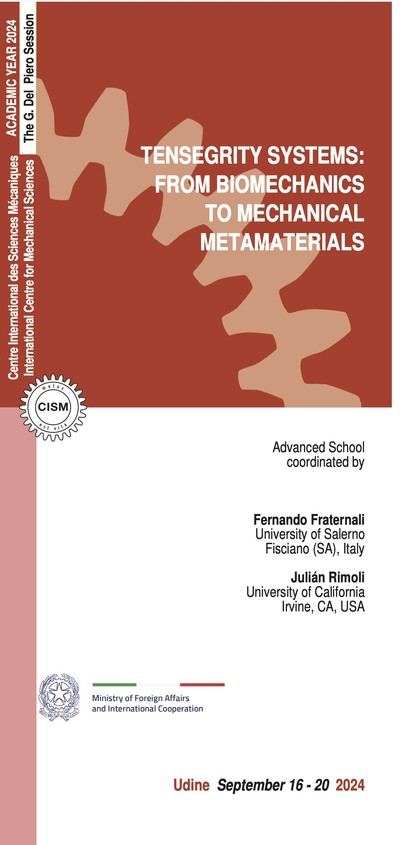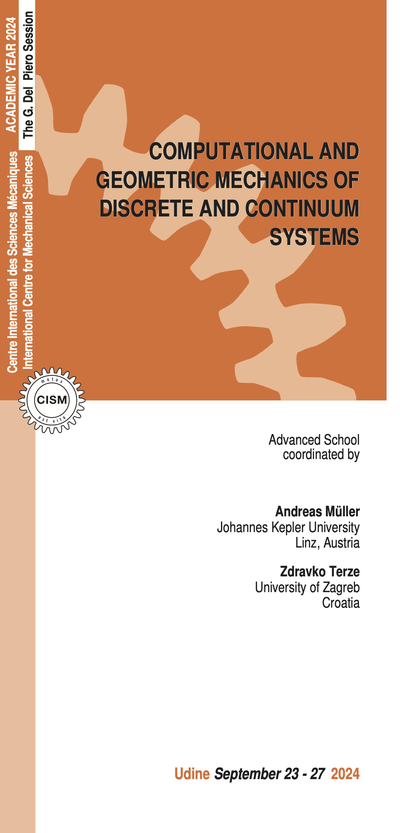This course aims to study the interaction between a fluid flow and the phase change of a solid.
The phase change may be a phase transition or a dissolution/ precipitation phenomenon. The growth or erosion of the solid depends on the flux of heat or/ and concentration at the fluid/solid interface. In numerous situations of interest those are controlled by the fluid flow. Because a wavy topography modifies the flow in the vicinity of the interface, the coupling between the topography, the flow and the rate of phase change may control the shaping of the solid and lead to pattern formation. One adds another level of complexity when taking into account that the fluid density and buoyancy are functions of the temperature and the concentration. Moreover, one has to tackle both the transport of heat and concentration when considering the crucial example of ice melting in a salty water.
These mechanisms are responsible for shaping natural systems on a large scale and give rise to plethora of patterns and growth forms. Melting of ice cover has environmental consequences in a context of global warming to determine the long-term evolution of the sea ice and glaciers. In geomorphology, the carving of soluble rocks like limestone, gypsum, or salt by water creates networks of caves, stone forests and other intricate patterns of the karstic landscapes.
Solidification and convection processes are driving the melt dynamics in Earth’s outer core and mantle. Winds shape icy ripples and dunes on the polar cap of Mars. Some of the mechanisms presented here for the phase change of a solid apply also to other hydrodynamic problems at interfaces. Evaporation at the interface between a liquid and the atmosphere is in fact analogous to a dissolution phenomenon, because the saturated vapor pressure plays the role of a saturation concentration. Additionally, in two phase systems, buoyancy instabilities can be triggered by dissolution or precipitation.
In addition to shaping the natural systems, phase transitions in advective flow are also important for a number of engineering applications. In hydrology, understanding of flow-driven dissolution is crucial for the risk assessment of contaminant migration out of underground reservoirs or the dam stability problems. The control of flow instabilities is a challenge in the processes of carbon dioxide sequestration. Control of solidification plays a key role in metallurgy and crystal growth, but also for the prevention of scaling in geothermal power plants or icing prevention in aircrafts or photovoltaic devices.
The School is mainly addressed to doctoral students, post-docs and early career researchers interested in environmental fluid mechanics, but remains open to the researchers of other profiles in physics, physical chemistry, geophysics or engineering.
Seniors researchers and practicing engineers are also welcomed.
Guyon, E., Hulin, J.-P., Petit, L. and Mitescu C. D. "Physical Hydrodynamics", Oxford University Press (2015).
Probstein, R. F., "Physicochemical Hydrodynamics" Butterworth- Heinemann Ltd (1989).
Callen, H. B., "Thermodynamics and an Introduction to Thermo- statistics” (2nd ed.) New York: John Wiley & Sons (1985).
Meakin, P., & Jamtveit, B. "Geological pattern formation by growth and dissolution in aqueous systems." Proc. R. Soc. A: Mathematical, Physical and Engineering Sciences", 466 (2115), 659-694 (2010).
Charru F., "Hydrodynamic Instabilities", Cambridge University Press (2011).
Schlichting H. and Gersten K.,” Boundary layer theory” Springer (2000).
Ruban A. "Fluid Dynamics: Part 3 Boundary Layers” Oxford University Press - 2018.
Bergman T., Lavine A., Incropera F. & DeWitt D. "Fundamentals of Heat and Mass Transfer, 8th Edition” Wiley 2018.
Soulaine C., Pavuluri S., Claret F., Tournassat C. "porousMedia4Foam: Multi-scale open-source platform for hydro- geochemical simulations with OpenFOAM", Environmental Modelling and Software, Volume 145, November 2021, 105199.
Molins S., Soulaine C. et al, "Simulation of mineral dissolution at the pore scale with evolving fluid-solid interfaces" Comput. Geosci., 25:1285–1318, (2020).
Worster, M. G. “Solidification of Fluids” In Perspectives in Fluid Dynamics. Cambridge University Press (2011).
Worster, M. G. and Rees Jones, D. W. “Sea-ice thermodynamics and brine drainage”. Philos. Trans. Royal Soc. A, 373, 20140166 (2015).
Bear J., "Dynamics of Fluids in Porous Media", Dover Publication, (1989).
Pelcé P. "New visions on form and growth: fingered growth, dendrites, and flames". Oxford University Press (2004).
Ortoleva P. J., "Geochemical Self- Organization", Oxford University Press (1994).
Tiani R., De Wit A, Rongy L., ”Surface tension-and buoyancy- driven flows across horizontally propagating chemical fronts”, Adv. Colloid Interface Sci. 225, 76 (2018).
De Wit A.,”Chemo-Hydrodynamic Patterns and Instabilities”, Annu. Rev. Fluid Mech. 52, 531 (2020).
with Sylvain Courrech du Pont
6 lectures on: Basics of phase transitions: melting/solidification,- dissolution/precipitation, evaporation/condensation. Mass and heat transport. Conservation relations. Boundary conditions in presence of a flow. Interface evolution. Simple examples of instabilities. Pattern generation. Experimental applications and natural examples.
with Michael Berhanu
6 lectures on: Basics of phase transitions: melting/solidification,- dissolution/precipitation, evaporation/condensation. Mass and heat transport. Conservation relations. Boundary conditions in presence of a flow. Interface evolution. Simple examples of instabilities. Pattern generation. Experimental applications and natural examples.
5 lectures on: Boundary layer theory. Thin layer flows. Concentration/thermal boundary layers, boundary conditions. Laminar and turbulent. Scalings of thickness of the concentration/temperature boundary layer in forced convection and in natural convection. Effect of Schmidt, Prandtl, Péclet, Nusselt, and other numbers
4 lectures on:The fluid mechanics of carbon dioxide sequestration: convective dissolution, solubility trapping, mineral trapping. Instabilities in two-phase flows during CO2 dissolution in oil. Chemically-driven convection in reactive fronts. The role of heat losses and convection in frontal polymerization.
4 lectures on: Numerical simulations for phase changes. Presentation of numerical methods. Examples of applications, comparison of different approaches. OpenFOAM framework to simulate reactive transport processes using a multi-scale formulation.
4 practical work sessions: Participants will learn to set up and run numerical simulations using OpenFoam on their laptops.
5 lectures on: Geometry of porous media. Hydrodynamics: From Navier Stokes to Darcy. Permeability/porosity relations. Flow-related instabilities in Hele-Show flow and porous media - from Saffman Taylor to aerofracture. Reactive flow with dissolution/precipitation. Reactive-infiltration instabilities and pattern formation. Natural examples.
5 lectures on: Freezing and melting of ice from salt solutions. Melting versus dissolution. Morphological instabilities leading to the formation of mushy layers. Sea ice as a mushy layer. Convection in mushy layers. Brine fluxes from sea ice.
The course is offered in a hybrid format giving the possibility to attend the course also by remote (on Microsoft Teams platform). On-site places are limited and assigned on first come first served basis.
The registration fees are:
- On-site participation, 600.00 Euro + VAT* * where applicable (bank charges are not included) Italian VAT is 22%.
This fee includes a complimentary bag, five fixed menu buffet lunches, hot beverages, downloadable lecture notes.
Deadline for on-site application is June 25, 2022.
- Online participation, 250.00 Euro + VAT* * where applicable (bank charges are not included) Italian VAT is 22%.
This fee includes downloadable lecture notes.
Deadline for online application is July 13, 2022.
Application forms should be sent on-line through CISM website
A message of confirmation will be sent to accepted participants.
Upon request a limited number of on-site participants can be accommodated at CISM Guest House at the price of 30 Euro per person/night (mail to: foresteria@cism.it).
CANCELLATION POLICY
Applicants may cancel their registration and receive a full refund by notifying CISM Secretariat in writing (by email) no later than:
- June 25, 2022 for on-site participants (no refund after the deadline);
- July 13, 2022 for online participants (no refund after the deadline).
Cancellation requests received after these deadlines will be charged a 50.00 Euro handling fee. Incorrect payments are subject to Euro 50,00 handling fee.
GRANTS
A limited number of participants from universities and research centres who are not supported by their own institutions can request the waive of the registration fee and/or free lodging.
Requests should be sent to CISM Secretariat by May 25, 2022 along with the applicant's curriculum and a letter of recommendation by the head of the department or a supervisor confirming that the institute cannot provide funding. Preference will be given to applicants from countries that sponsor CISM.
